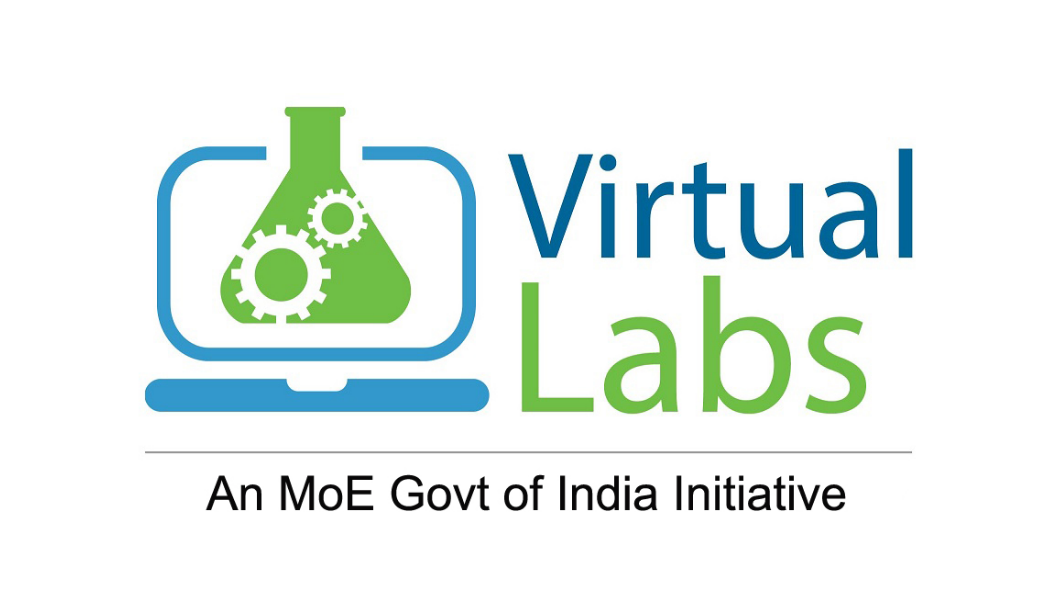



E-R Modeling from the Problem Statements
Entity-Relationship model is used to represent a logical design of a database to be created. In ER model, real world objects (or concepts) are abstracted as entities, and different possible associations among them are modeled as relationships.
For example, student and school -- they are two entities. Students study in school. So, these two entities are associated with a relationship "Studies in".
As another example, consider a system where some job runs every night, which updates the database. Here, job and database could be two entities. They are associated with the relationship "Updates".
An entity set is a collection of all similar entities. For example, "Student" is an entity set that abstracts all students. Ram, John are specific entities belonging to this set. Similarly, a "Relationship" set is a set of similar relationships.
Attributes are the characteristics describing any entity belonging to an entity set. Any entity in a set can be described by zero or more attributes.
For example, any student has got a name, age, an address. At any given time a student can study only at one school. In the school he would have a roll number, and of course a grade in which he studies. These data are the attributes of the entity set Student.
One or more attribute(s) of an entity set can be used to define the following keys:
An entity set is said to be weak if it is dependent upon another entity set. A weak entity can't be uniquely identified only by it's attributes. In other words, it doesn't have a super key.
For example, consider a company that allows employees to have travel allowance for their immediate family. So, here we have two entity sets: employee and family, related by "Can claim for". However, family doesn't have a super key. Existence of a family is entirely dependent on the concerned employee. So, it is meaningful only with reference to employee.
Once we have identified the entity sets, we might find some similarities among them. For example, multiple person interacts with a banking system. Most of them are customers, and rest employees or other service providers. Here, customers, employees are persons, but with certain specializations. Or in other way, person is the generalized form of customer and employee entity sets.
ER model uses the "ISA" hierarchy to depict specialization (and thus, generalization).
One of the main tasks of ER modeling is to associate different entity sets. Let's consider two entity sets E1 and E2 associated by a relationship set R. Based on the number of entities in E1 and E2 are associated with, we can have the following four type of mappings:
From a given problem statement we identify the possible entity sets, their attributes, and relationships among different entity sets. Once we have these information, we represent them pictorially, called an entity-relationship (ER) diagram.

Figure - 1: Include relationship between use cases
Figure - 2 shows the different steps involved in implementation of a (relational) database.

Figure - 2: Steps to implement a RDBMS
Given a problem statement, the first step is to identify the entities, attributes and relationships. We represent them using an ER diagram. Using this ER diagram, table structures are created, along with required constraints. Finally, these tables are normalized in order to remove redundancy and maintain data integrity. Thus, to have data stored efficiently, the ER diagram is to be drawn as much detailed and accurate as possible.